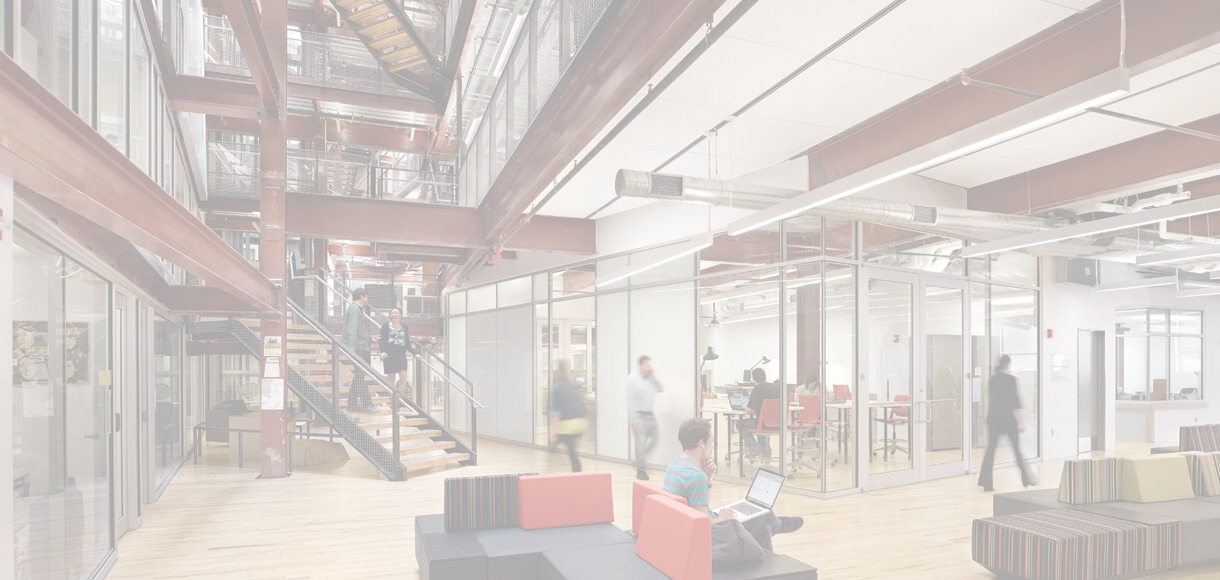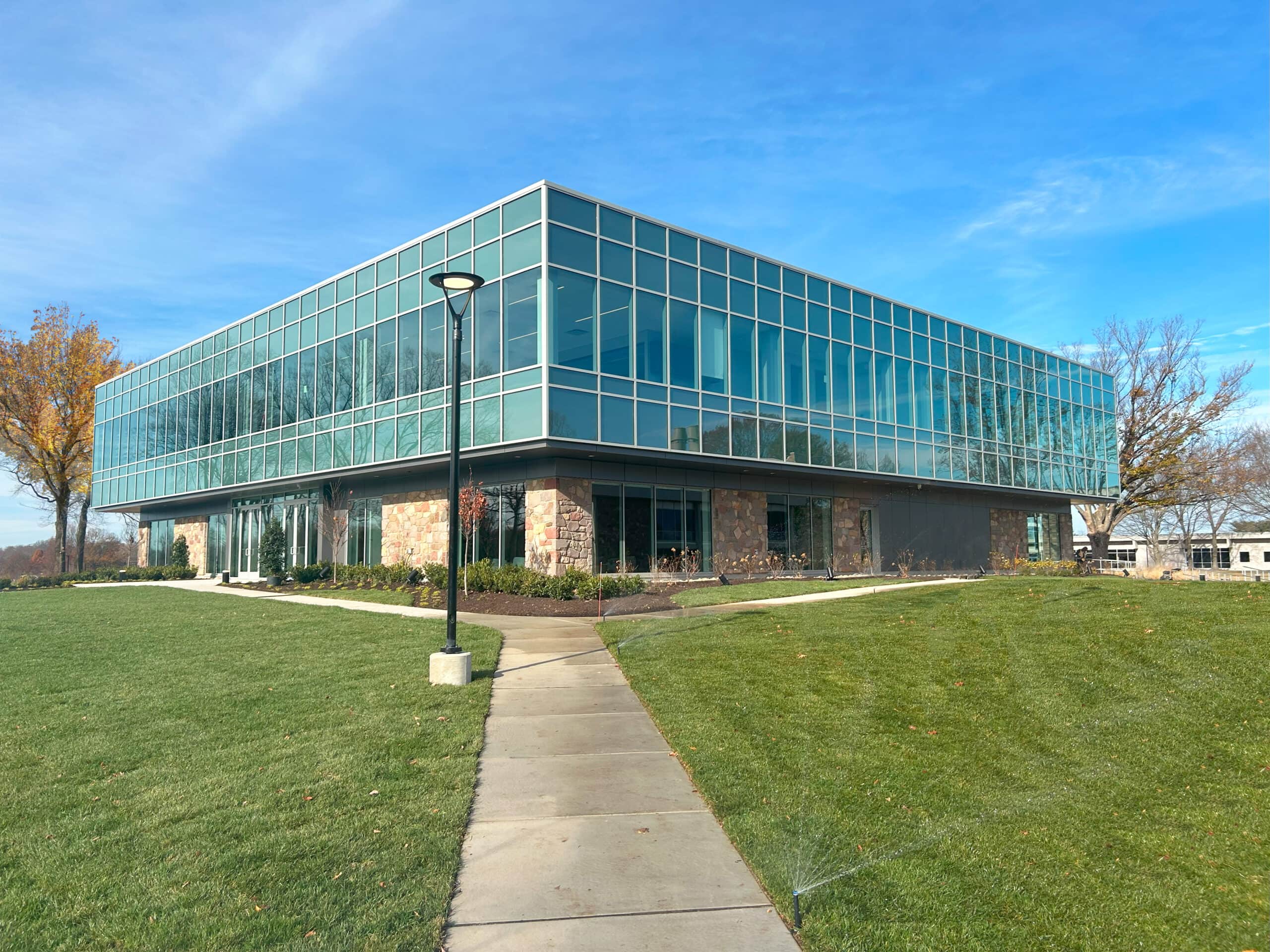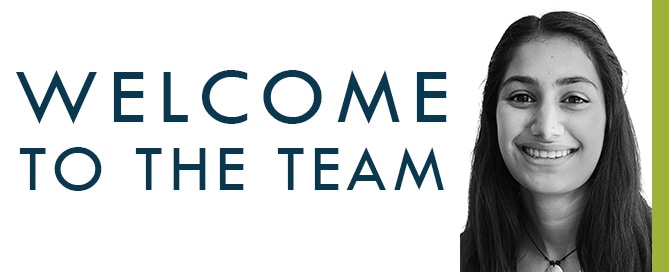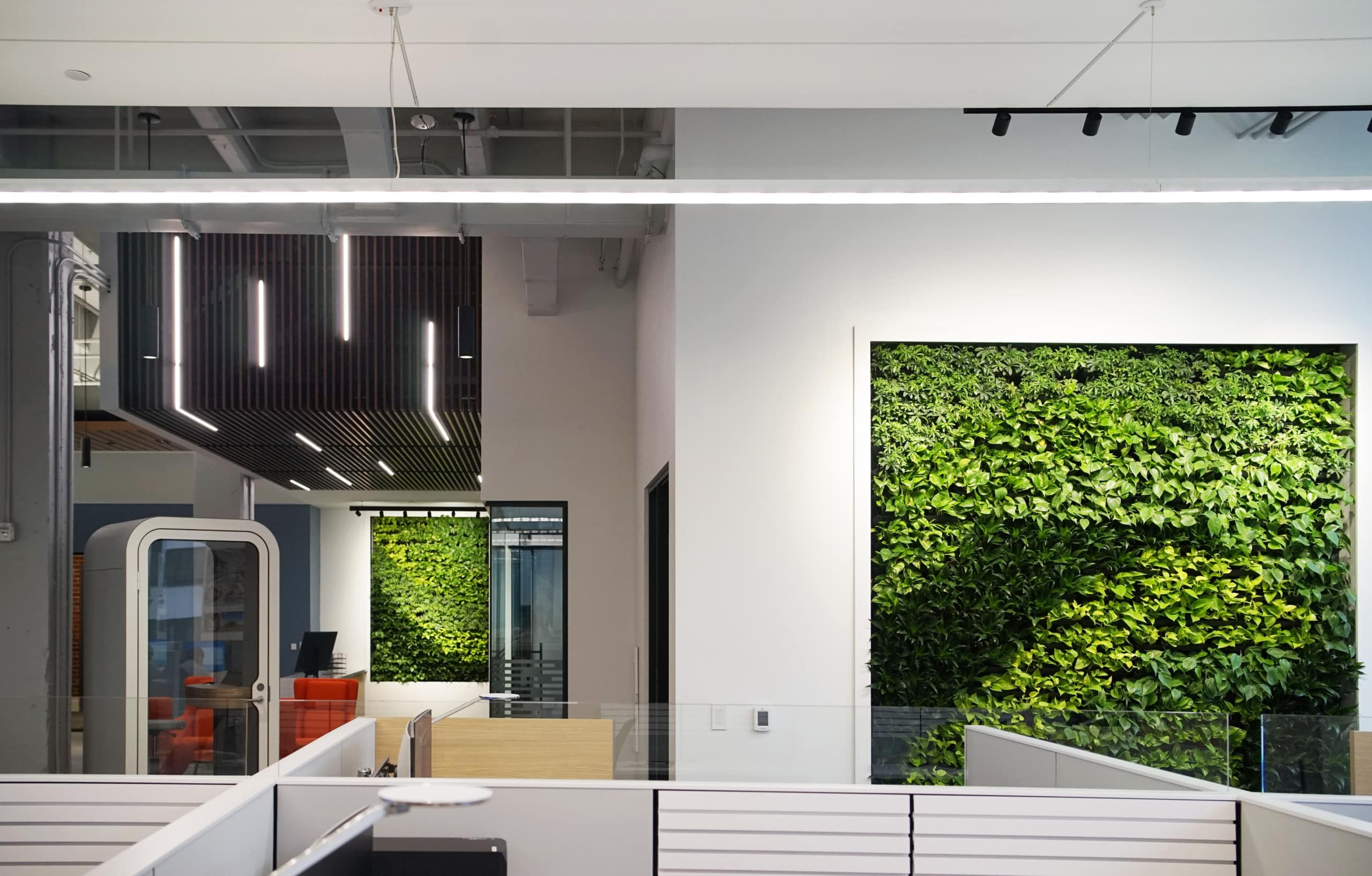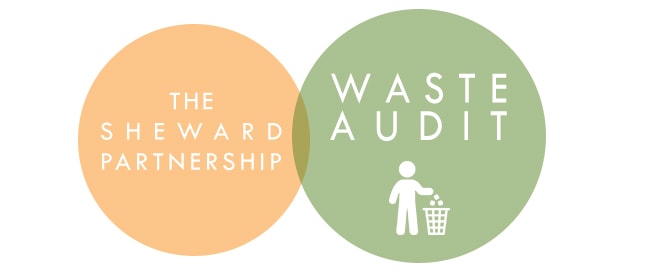
In the 21st century, the new trend is to be more environmentally friendly, to use less and save more. Marketing and ad campaigns enforce the idea of “going green”, using buzz words such as “sustainability” “eco-friendly”, and “green” in order to draw customers in. But what does that mean? Practically speaking, how does this affect someone in an office setting from day to day? How can your average small business implement impactful sustainability practices?
As an architectural design and sustainability consulting firm, The Sheward Partnership strives to create both beautiful and high-performance sustainable buildings. That is the mission statement behind what we do every day. To achieve our mission, we must recognize why we are doing what we’re doing. Why build sustainably? What’s the purpose? How can we move past a marketing concept to the practical and tangible?
To understand this, our office decided to conduct a Waste Audit in order to understand how we are producing waste and impacting the environment. The experiment lasted for about a month and tasked us with documenting our recycling and waste production each day. The main goal was to give us an accurate representation of individual material usage and with this number, we could determine how much waste we could potentially divert from local landfills by utilizing composting.
THE TSP WASTE AUDIT
With each employee having their own recycling and waste containers at their desks, tracking can become difficult. To combat this issue, we decided to take away these receptacles in order to disrupt the office culture. The idea here, among making tracking easier, was to have each employee think about their waste production, as they would have to get up and walk all the way to the kitchen to dispose of recycling and trash. Many thought this was “annoying” or “inconvenient” and it was. That was the point and it was the start of changing the way our office operates.
In order to invoke effective and long-term change, one must change habits and culture. The experiment was set up and conducted for five weeks. At first, it took time for employees to understand recycling procedures. Questions about different types of plastics and films arose and more about what could or could not be recycled. It created an opportunity for open dialogue instead of silently deciding if you should throw something into recycling and it got everyone on the same page about responsible recycling practices. We were working together as an office and questions were welcomed as each person in the office gained knowledge that they would be able to take home and share with their families and communities. This further shows the value of an office-wide culture change.
Each day, my colleagues and I weighed the recycling and waste bins. These results were tabulated after each week and shared with the office to show progress. Over the five-week span, there was definitely a general improvement in the ratio of waste to recycling (despite some outlier days due to in-house catered luncheons or desk clean out waste). Individual reflection on the amount of waste produced could have been a factor as well as smarter planning.
WASTE AUDIT RESULTS

Over the course of 5 weeks, our office collected 196.02 pounds of material waste, which broke down to 108.12 pounds of recycling and 87.90 pounds of waste.
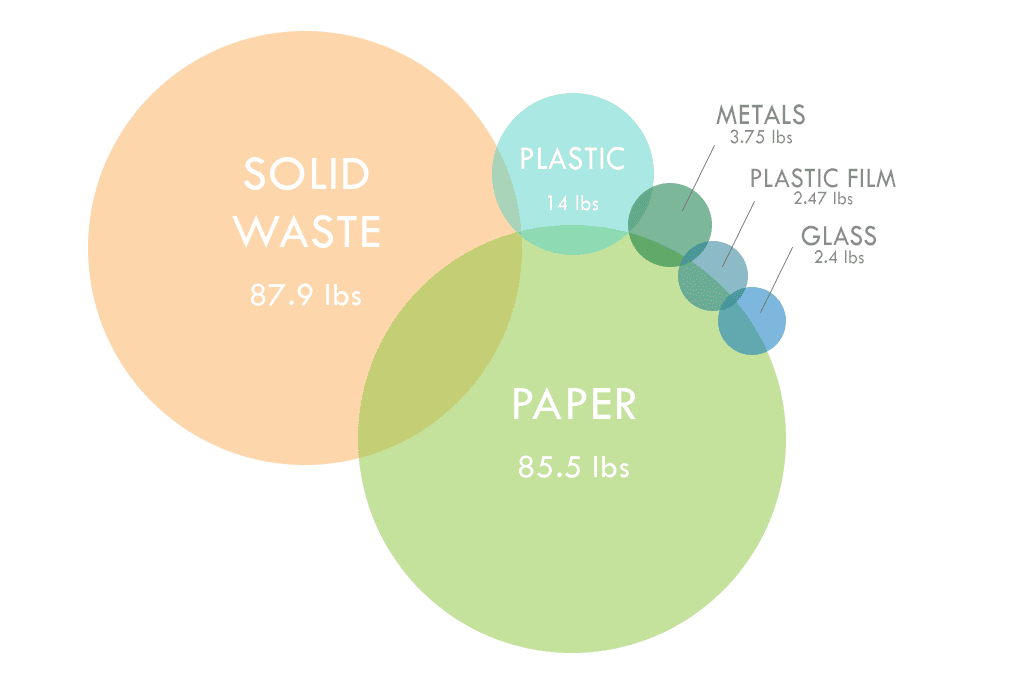
Let’s take a look at the exact contents of our recycling haul over the 5 week audit. Paper materials nearly matched our solid waste in weight and plastic materials were far behind in second place.
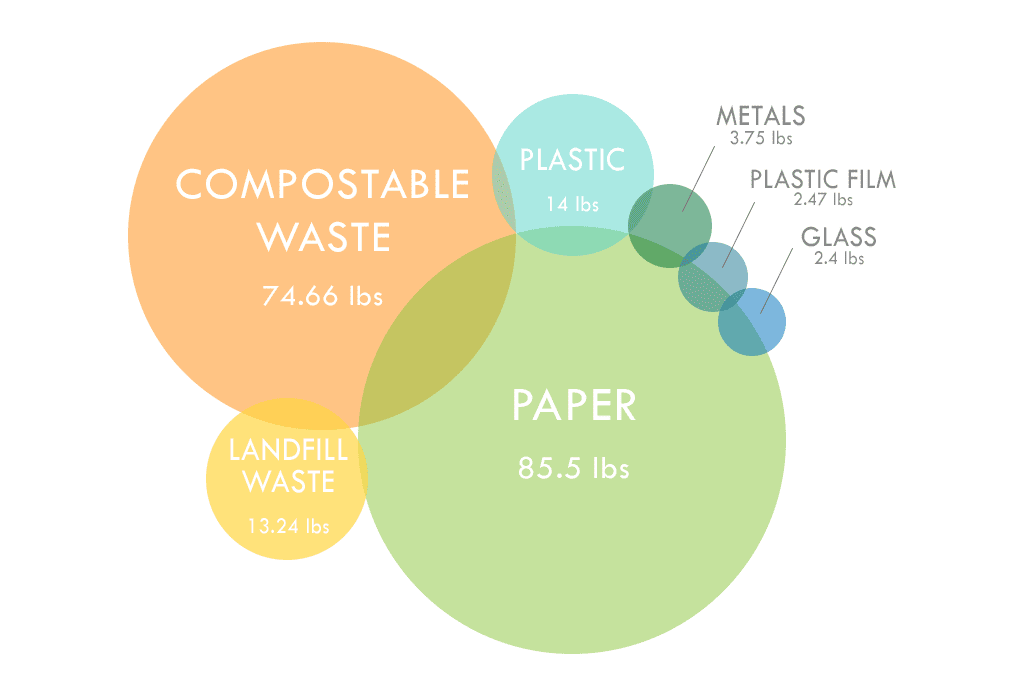
Now let’s break down the components of the solid waste. We found out through this audit that we could divert an average of 85% of our monthly waste from the landfill by composting food scraps, coffee filters, tea bags, paper towels, and much more.
AUDIT CONCLUSIONS & FUTURE CHANGE
During the five-week experiment, our office produced 88 pounds of waste and 110 pounds of recycling. Through this study and paying attention to exactly what we dispose of, we were able to determine that a large percentage of the waste was food and other compostable scraps. This confirmed our hypothesis that beginning to compost would be beneficial towards reducing the amount of waste directed towards landfills.
As a result of this, our office decided to start composting. For the better part of a year, the TSP Philly office has been composting about a half 5-gallon bucket per week. We started out by having various employees take the bucket home at the end of each week to their own compost bin. Eventually we decided to employ a local Philadelphia company, Circle Compost, to pick it up each week for a small fee. The office has noticeably been more keen on what waste can be recycled and a colleague has even taken the initiative to collect and dispose of plastic film properly. The Waste Audit experiment has shown that by invoking a few minor changes, and staying consistent, our office can develop and change the culture towards a more sustainable, “green” office. How can you implement a change in your place of work?
Happy Earth Day!
Written by Jonathan Napolitano, EIT, LEED Green Associate
Sustainability Specialist


